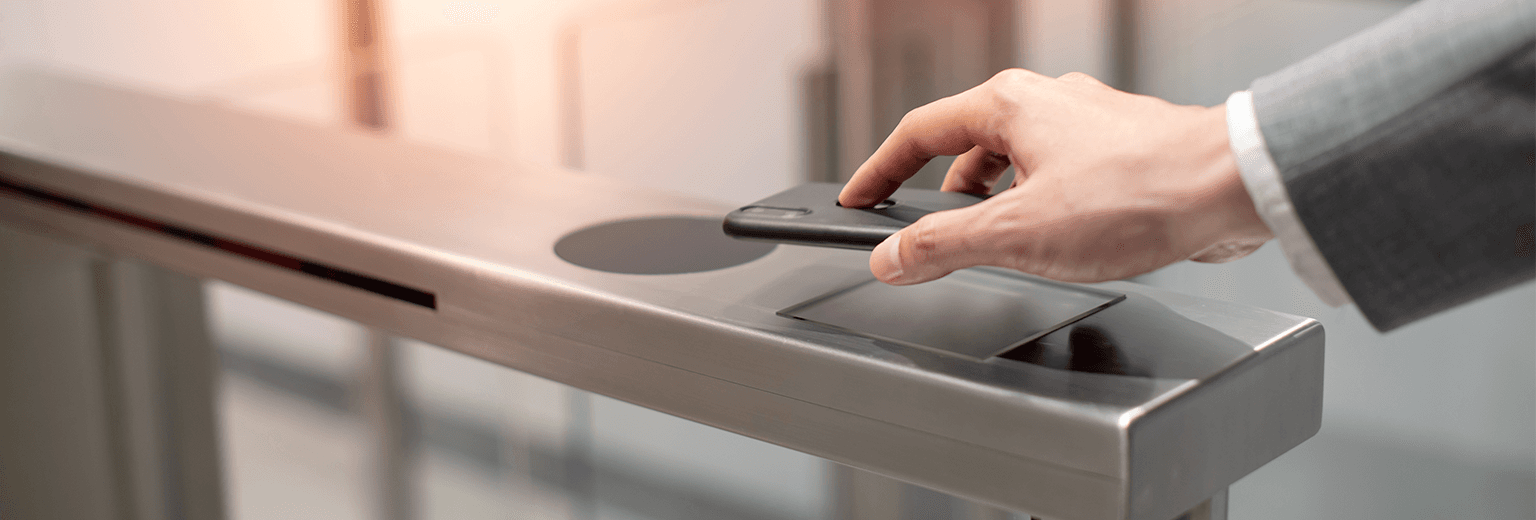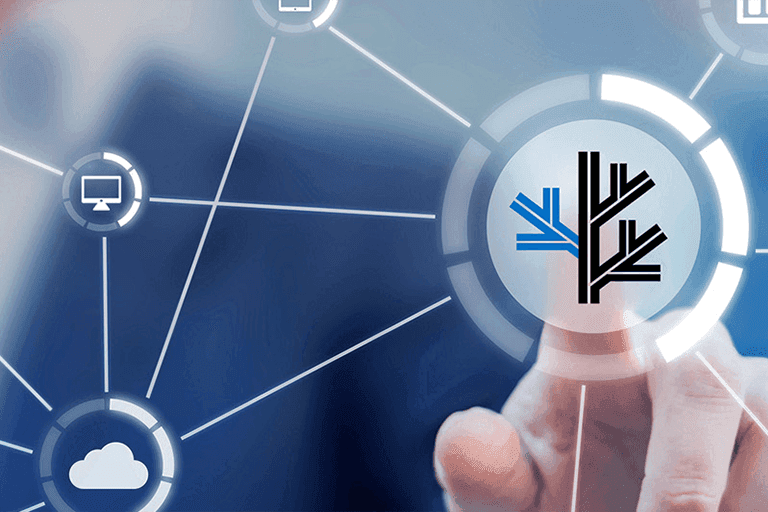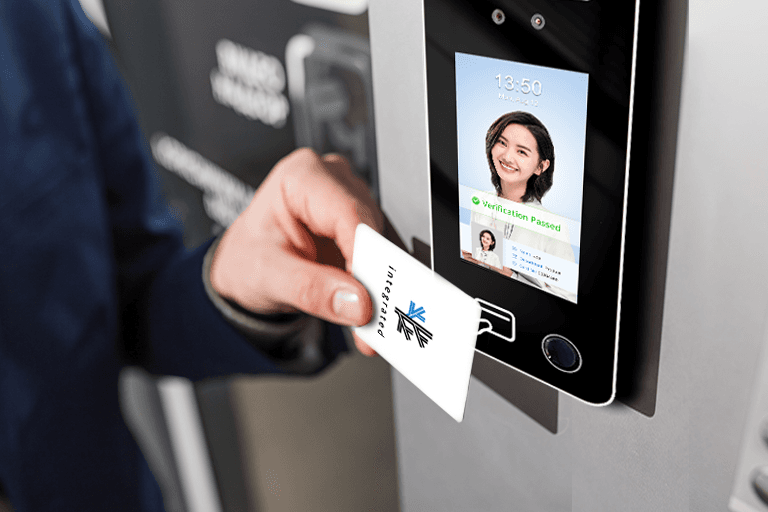

Door Access Systems
As a pioneer of secure entrance control systems, Integrated Corporation has revolutionized smartcard technologies by integrating biometric solutions, such as face recognition and fingerprint technology. Our mission is to provide safe, customizable door access solutions tailored to your unique needs.

Door Access System Features
Cutting-edge biometric access control systems provide advanced features like face and fingerprint recognition, delivering state-of-the-art security for sensitive areas. These systems offer multi-factor authentication, combining biometric data with traditional door access methods for an extra layer of protection against potential threats.
Integration with your existing HR infrastructure ensures a seamless transition and enhances the functionality of your entrance control system.

Multi-factor Security Access Control Systems
Our advanced entrance control solutions incorporate multi-factor authentication, providing tailored, highly secure solutions using PIN, cards, face, and NFC technology
Decades of Professional Experience
With 30 years of expertise, we provide professional biometric access control systems to global enterprises and Fortune 500 companies
Security, Robustness, and Flexibility
Our door access solutions prioritize security, robustness, and flexibility for reliable operation tailored to your unique needs

Powerful Face Recognition Technology
Our AI-powered face recognition system redefines biometric security entrance control systems, offering industry-leading accuracy and integrating with CCTV for monitoring alerts
Solid Customer Support Service
We offer exceptional customer service with five strategic offices across China, including Hong Kong, and over 200 service locations worldwide
Meet Our Powerful Solutions for Entrance Control
We offer three types of entrance control systems: Role-Based Access Control (RBAC), Mandatory Access Control (MAC), and Discretionary Access Control (DAC). The three systems provide different levels of security and stringency.
Role-Based Access Control (RBAC)
Role-based system is the most secure approach and is suitable for governments and the military, providing access to individuals based on certain roles or organizational hierarchy.
Mandatory Access Control (MAC)
Mandatory access control provides solutions to organizations that strive for strict security protocols. The system is based on centralized authority control, with a structured permission hierarchy.
Discretionary Access Control (DAC)
Discretionary access control is suitable for smaller organizations that are looking for more flexible control over user access, as it can give individual authorization through management software.
Seamlessly Integrated with Our Door Access Control Cards
Access control cards are one of the primary components of entrance control systems, providing secure access credentials to authorized personnel for an organization's premises. Often, access cards have identification features similar to an ID card, including a photo, along with advanced security features to prevent unauthorized entry.
Door access control cards can incorporate sophisticated security standards and advanced technology to safeguard your premises. Below are the common types of physical cards:
Contactless Smart Cards
This type of card offers protection against data theft and cloning by seamlessly integrating with biometric access control systems for enhanced security
Magnetic Stripe Cards
A traditional and cost-effective door access option, magnetic stripe cards are practical for organizations with less stringent security requirements
Barcode Cards
Similar to magnetic stripe cards, barcode cards provide a simple, economical solution for door access management

Integrated's Smart Access Cards
Ready to Get Your Biometric Access Control System with Us?
An entrance control system plays a vital role in protecting your organization's security and enhancing your operational efficiency. As a leader in security technology, our state-of-the-art biometric access control systems enhance your security and operational efficiency. Integrating diverse verification methods and audit trails, they provide precise identification and authorization. Seamlessly integrating with HR and existing systems, they optimize workflows and simplify management. Contact us today to learn more and request a demo.
Frequently Asked Questions

What steps are involved in setting up a door access control system?
Setting up a door access control system involves site assessment, system design, hardware installation, software configuration, and user training. Our team will guide you through the entire process, ensuring minimal disturbance to your daily operations.

How secure are biometric access control systems?
Biometric systems offer top-tier security, as biological identifiers are unique and cannot be mimicked. In addition, our solutions employ advanced encryption technology to prevent malicious activity.

What if I lose access to Integrated Corporation's door access systems?
We offer quality customer service through our offices across five major cities in China and our network of service locations globally. If you require any assistance, please visit our customer service page to contact one of our dedicated specialists.

Where is biometric data typically stored?
We comply with international standards for data protection, ensuring biometric data is encrypted and stored securely.

How are biometric identifiers used to control access?
Biometric systems convert the unique characteristics of an individual into encrypted digital formats. During access attempts, scanned data is compared to stored records for authentication.

Are there any privacy concerns with biometric access control systems?
We prioritize the protection of privacy through encryption and secure storage, meeting international standards of data privacy and data usage. Our systems adhere to international privacy regulations and industry best practices.


